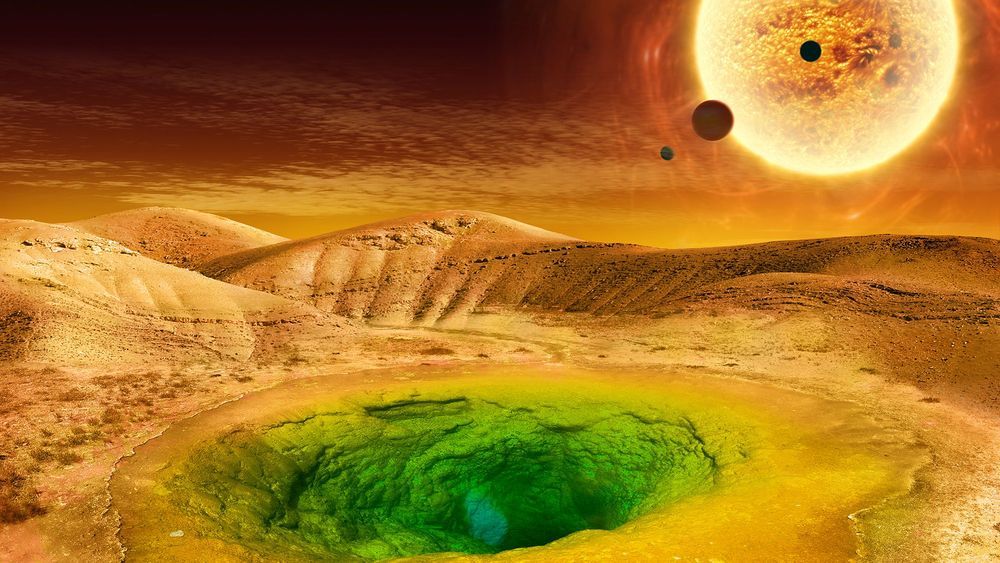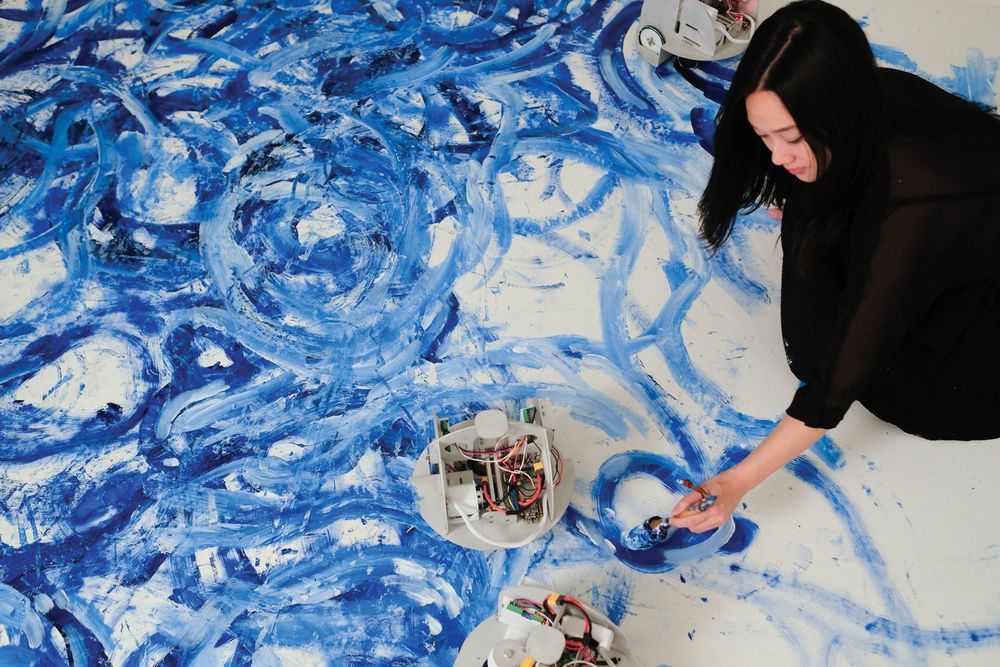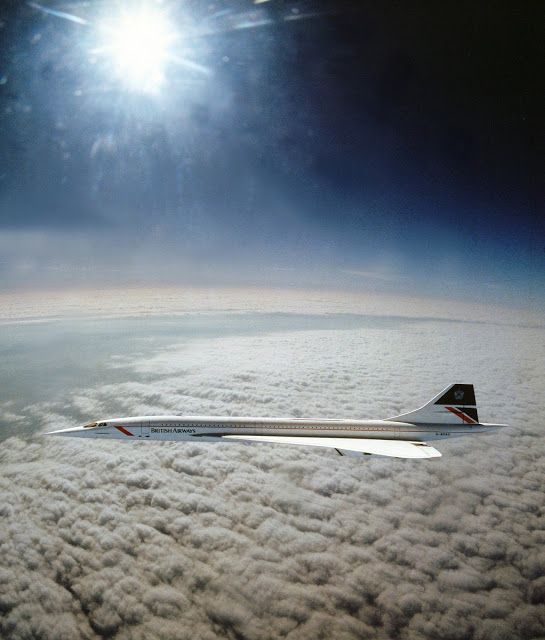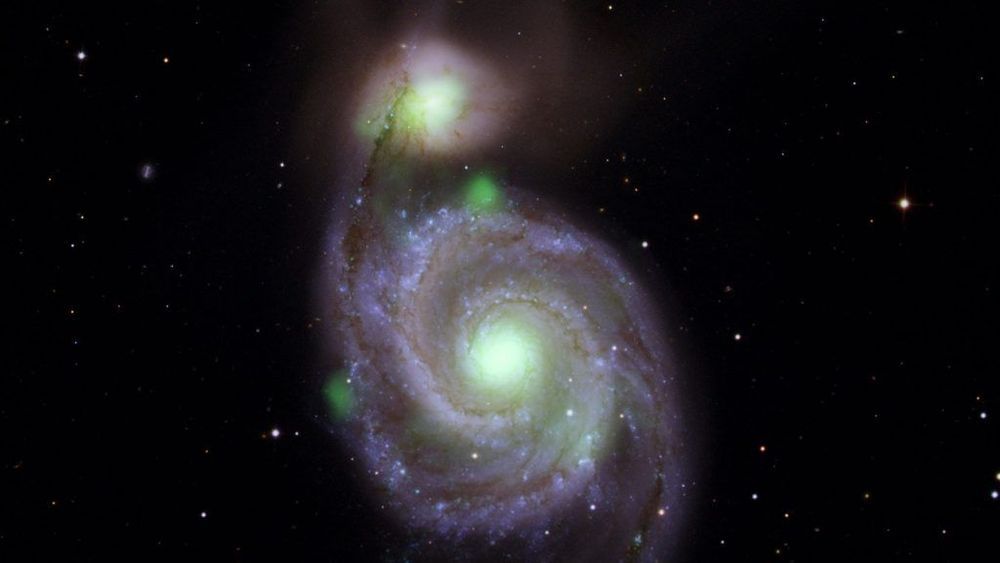Feb 22, 2019
IceShuttle Teredo
Posted by Klaus Baldauf in categories: robotics/AI, space, transportation
An ice-penetrating robotic system to transport an exploration AUV.
TheTeredo IceShuttle is a robotic probe which is capable to transport a payload through an ice-shield towards an environment located beneath the ice. The System is developed in context of the project Europa-Explore r. For that project, a set of robots are developed to model the exploration of the hypothesized ocean on Jupiters icy moon Europa by an analog mission on earth. Within the scenario the IceShuttle transports an autonomous underwater vehicle (AUV) as its payload. (image below)







 The only photo of a Concorde flying at Mach 2 taken by Adrian Meredith from an RAF Tornado attack fighter over the Irish Sea in April 1985.
The only photo of a Concorde flying at Mach 2 taken by Adrian Meredith from an RAF Tornado attack fighter over the Irish Sea in April 1985.









